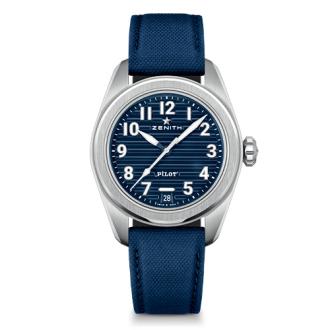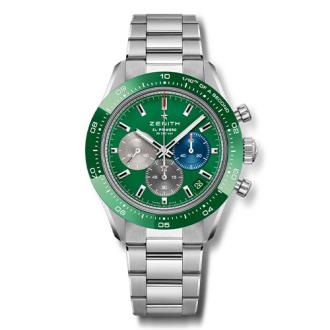Over half a century ago, on 10 January 1969, Zenith made waves by launching its groundbreaking El Primero calibre, a major milestone that required seven years of development by the company's chronometry department. The first automatic chronograph in watchmaking history, the El Primero ("the first" in Spanish) boasts an astonishingly high frequency of 36,600 vibrations per hour compared to the standard 18,000. This, along with its integrated construction featuring a column wheel and a central rotor mounted on ball bearings, is what gives the watch its ultra-precise timing to 1/10th of a second. This performance has solidified its position as the best automatic chronograph in the horological world – a position that has never been seriously challenged.

It should come as no surprise that all Zenith chronographs are El Primeros, and some automatic pieces are fitted with a simplified version of the movement. Clearly, when you want something done right, you should do it yourself! Many of the best chronographs launched since 1969 are El Primeros, though not all bear the Zenith signature. That’s because Zenith continues to sell its flagship movement to competitors. Until Rolex developed its own chrono, all Daytonas beat to the rhythm of the El Primero. The movement also powers models by Louis Vuitton, Girard Perregaux, Ebel, Hublot and more.

The Zenith El Primero calibre is without question both a mechanical marvel and an icon with a unique destiny, which has continuously evolved, reinvented itself and inspired new timepieces since its creation. And yet it could so easily have become yet another casualty of the quartz crisis, forgotten forever. In 1975, Zenith's management decided to stop producing mechanical movements, including the El Primero, and get rid of all the tools and machines necessary for their manufacture. They ordered everything to be scrapped. Fortunately, a man named Charles Vermot, a workshop manager at the time, saved the El Primero movement and, with it, the future of the Zenith manufacture by rescuing all the tools necessary for its production. Thanks to his incredible foresight, production of the El Primero resumed in the early 1980s.










